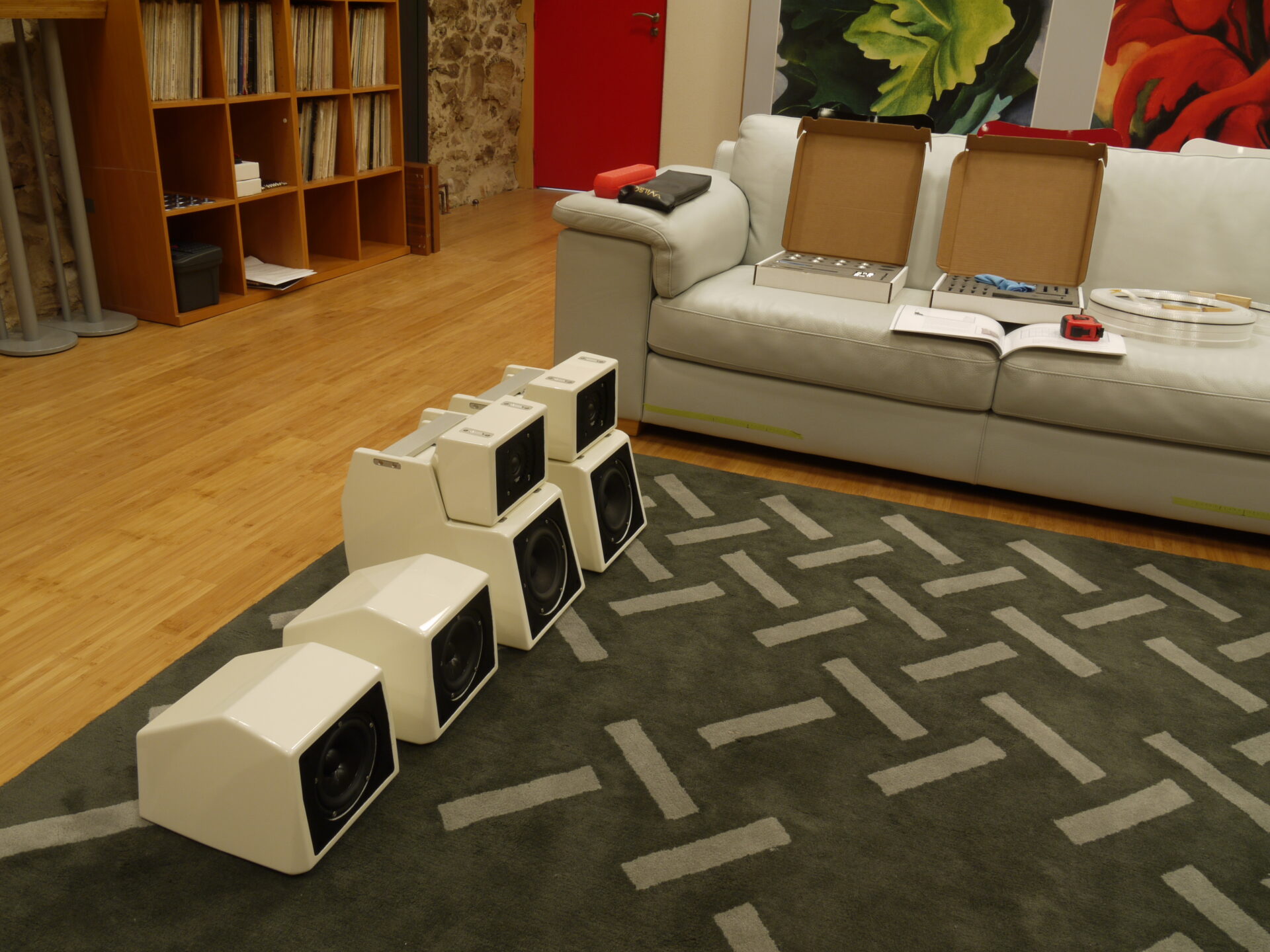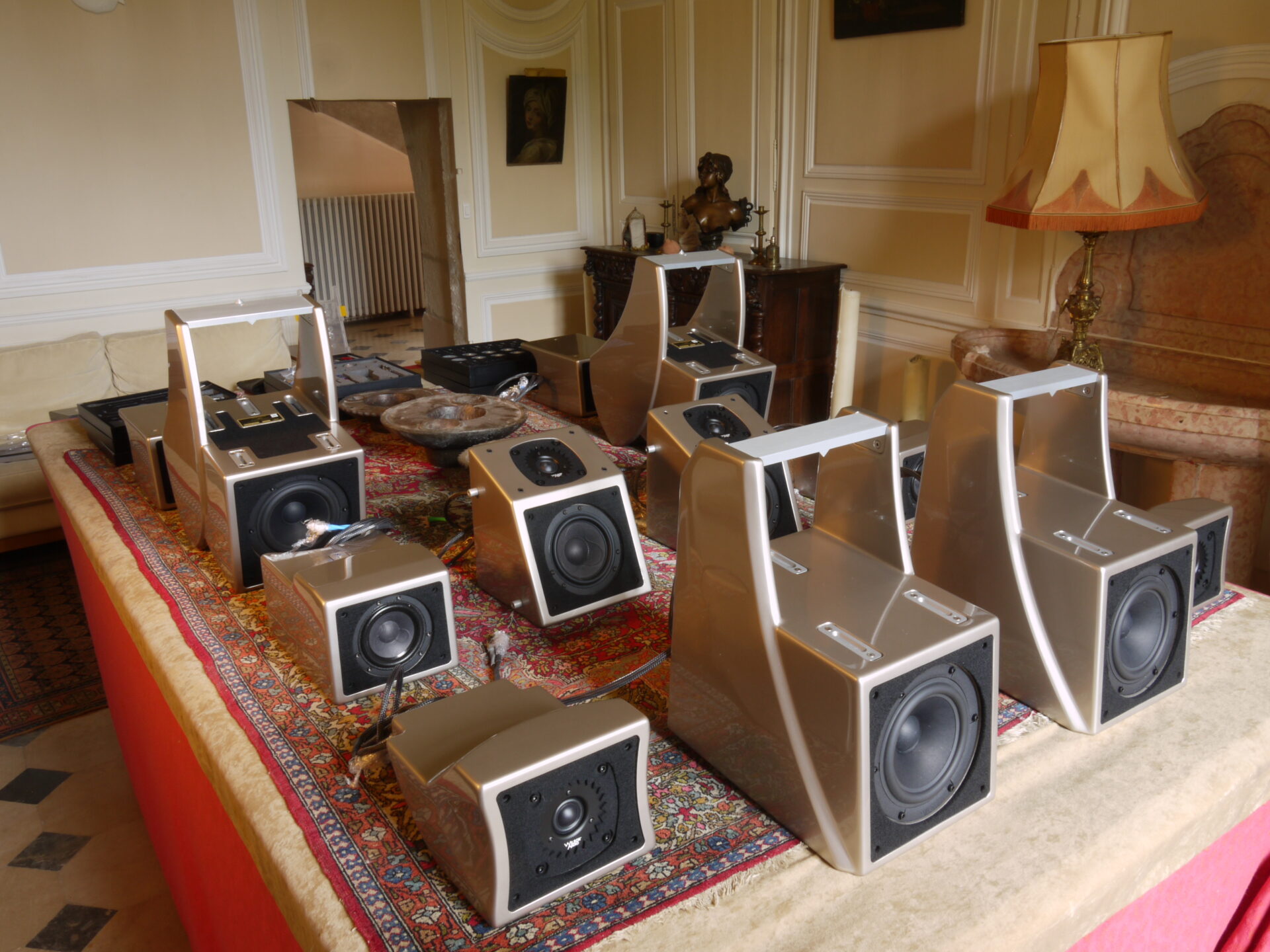Another simple set-up tip for Wilson speakers…
By Roy Gregory

“Hi there
How are ya
It’s been a long time
It seems like we’ve come a long way.”
As an audiophile, you’d have to have been living under a rock, or in a cave – presumably with a generator to run your system – to be unfamiliar with Wilson speakers. And what do all Wilson speakers have in common? Well, apart from a few models lower down the range, like the Sabrina, Yvette or Duette, they all have multi-part cabinets that allow users to adjust the relative angle and position of the drivers. Over the years, the system for making those adjustments as well as the adjustments themselves have been considerably refined. The recent WAMM MC and XVX take the approach further than any other Wilson speakers, with sophisticated gearing mechanisms to tune the relative fore and aft position and angle of each mid and treble module – five in the WAMM and four in the XVX. But even the Watt/Puppy derivatives like the Sasha DAW offer a sliding, stepped staircase and different length spikes to fine-tune the angle of the head unit.
Along with all those adjustments, Wilson supply a comprehensive set of tables that use the listening distance and height of the listener’s ear to precisely define the appropriate settings for each range of adjustment. In the case of the WAMM and XVX, they’ll go further still, using a computer model of the specific system situation to calculate settings with even greater accuracy. Which is great – except for one thing. Any such calculations have to start from the assumption that the adjustable drivers are arranged in a precisely vertical line with a co-planar launch axis. Otherwise, differences in lateral off-set and angle will undermine the accuracy of the relationship between the various drivers and the bass cabinet on which they all sit, as well as their collective dispersion characteristics. Now factor in the mechanical arrangements of each speaker and the fact that they actually allow (or at least don’t prevent) significant horizontal/angular displacement and you’ve got a significant opportunity for error. After all, what’s the point of adjusting fore and aft to the nearest millisecond (or fraction of a millimetre), when your lateral position could be out by +/- several millimetres?! The picture at the top of this article shows the six head modules (partially assembled) for a pair of Alexx. Now take a look below at the set of modules for a WAMM MC. Look at the width of those locating tracks, the sheer number of separate parts and the complexity of construction. Just consider the massively increased potential for misalignment…
 Of course, this isn’t actually hard to fix. If you are setting up or using Wilson speakers, take a laser level that throws a vertical line and run it up the centre of your driver arrays. Any deviation from that ideal, central position sticks out like a sore thumb and can easily be corrected, both for an accurate central position and the module’s baffle being parallel with the main cabinet’s front edge. What’s more, correcting each module’s alignment is likely to result in a significant improvement in the spatial/temporal performance of the system, with more dimensional images, a more coherent acoustic, and improvements in rhythmic integrity and dynamic ‘jump’ or ‘snap’. Get everything lined up correctly and the music is going to gain a sense of focus, purpose and density.
Of course, this isn’t actually hard to fix. If you are setting up or using Wilson speakers, take a laser level that throws a vertical line and run it up the centre of your driver arrays. Any deviation from that ideal, central position sticks out like a sore thumb and can easily be corrected, both for an accurate central position and the module’s baffle being parallel with the main cabinet’s front edge. What’s more, correcting each module’s alignment is likely to result in a significant improvement in the spatial/temporal performance of the system, with more dimensional images, a more coherent acoustic, and improvements in rhythmic integrity and dynamic ‘jump’ or ‘snap’. Get everything lined up correctly and the music is going to gain a sense of focus, purpose and density.
- 1
- 2

